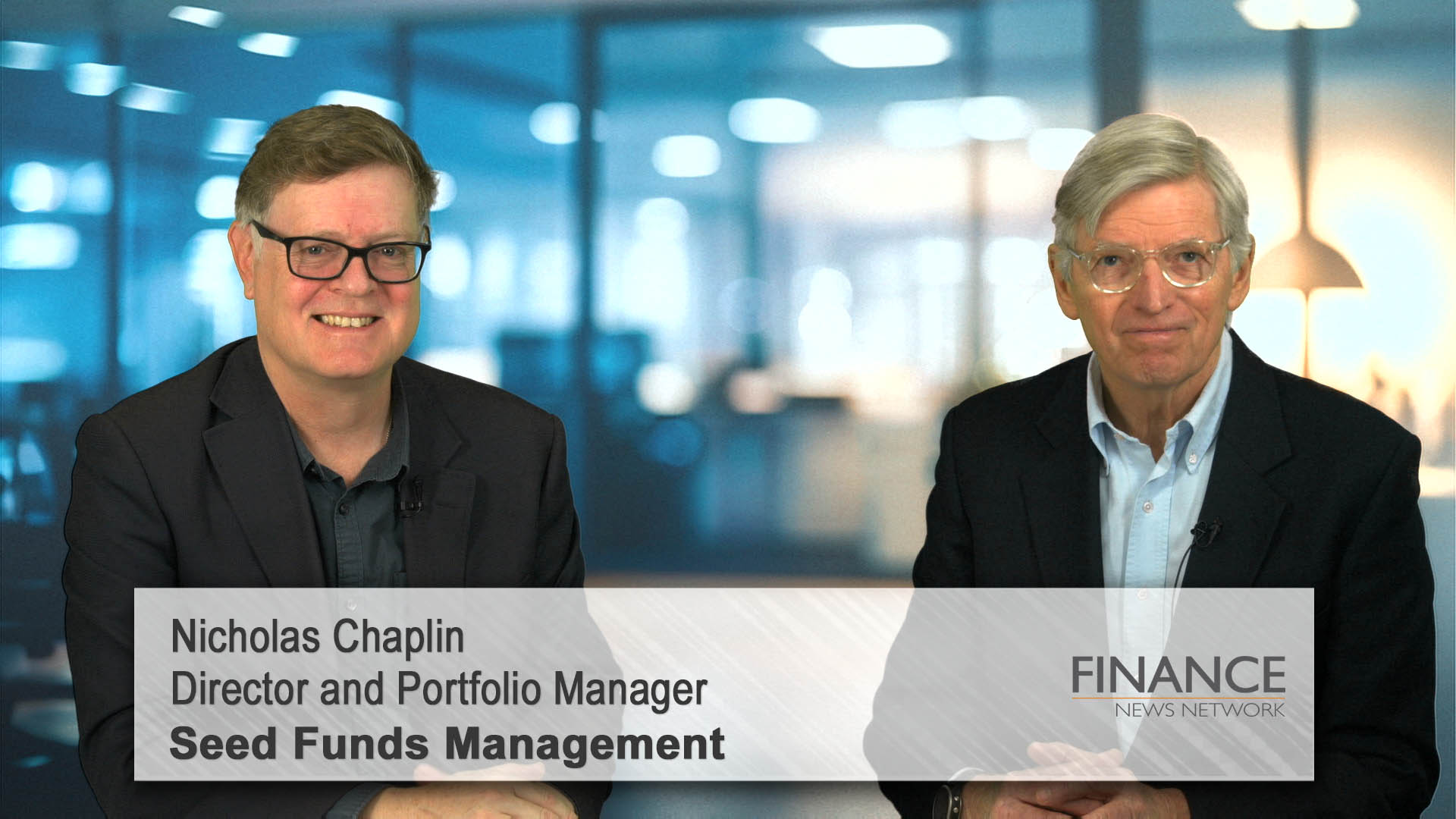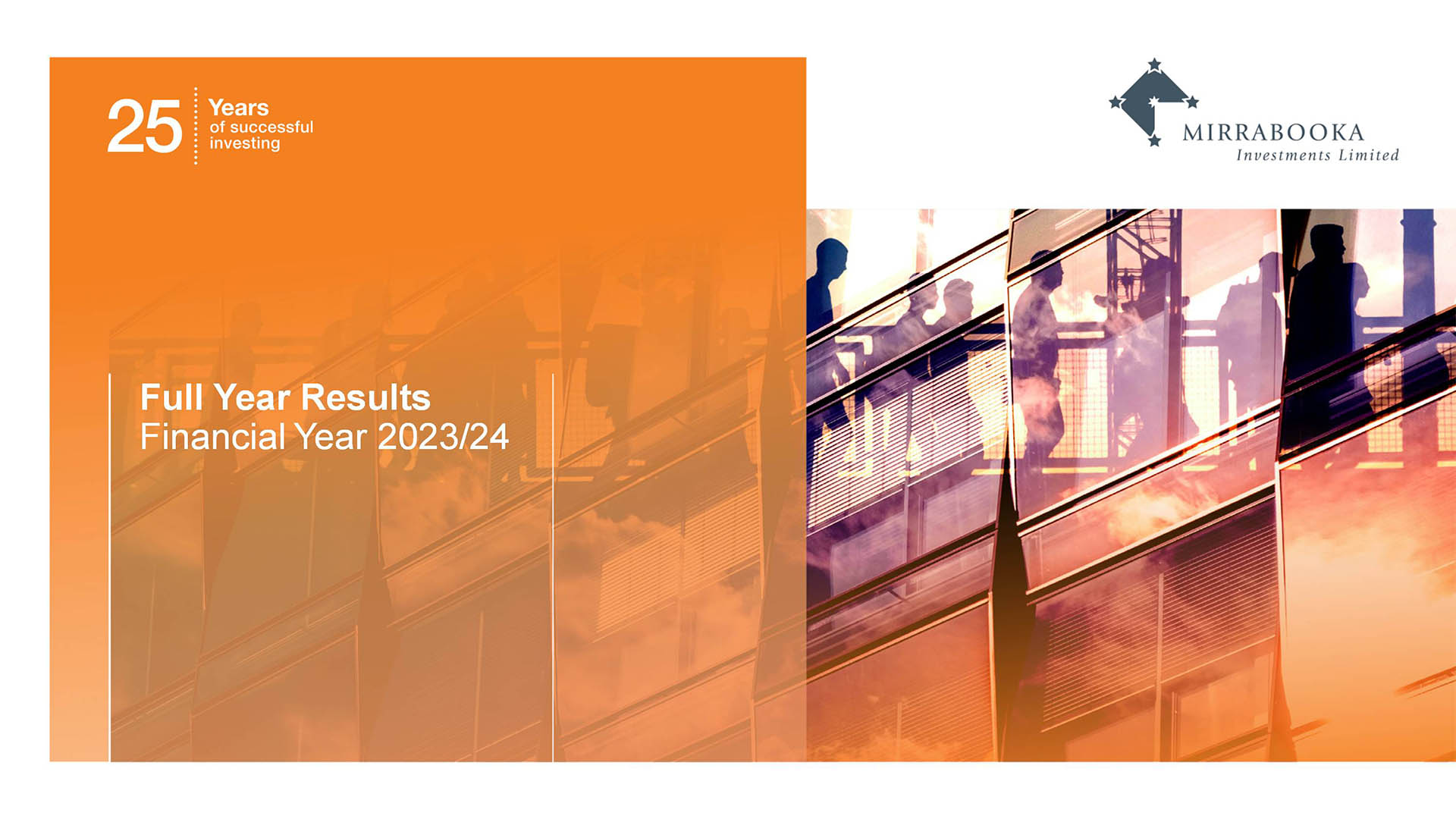by William J. Adams – Chief Investment Officer, Global Fixed Income
Despite the dislocation caused by the pandemic in the past year, risk markets are in record territory, buoyed by very significant monetary and fiscal stimulus. While the advent of a Covid vaccine is undoubtedly good news, there are vulnerabilities and risks in the global economy that will not disappear with herd immunity. The world will be a different place when we are no longer required to don masks. Understanding these changes will be key to successful long-term investing.
While running a few errands recently, I drove past a local picture framing shop. It’s a small, family-owned neighborhood business with a single storefront offering quality work at a reasonable price. Most importantly, the proprietors are genuinely nice people. I noticed the frames in the window were empty — no family keepsakes, diplomas or faux artwork to attract the eye filled them. I wondered if the owners were making a statement about the bleakness of 2020, when it felt like time stood still. Perhaps, optimistically, he was asking us to “look through” the empty frame to the expected scene on the other side when vaccines allow us to return to normal.
2020 created curiosities like this — unknowns and uncertainties — and the seemingly consistent pull of opposing forces.
Consider for a moment what market participants experienced. The nervousness and uncertainty of the initial Covid outbreak, its rapid escalation into a global pandemic and the subsequent lockdown of economies around the world. Financial systems and markets were suddenly faced with the largest threat to the global expansion since the financial crisis of 2008 and 2009.
Monetary and fiscal policymakers acted quickly and appropriately, stepping into the void to avert disaster. Stocks and bonds responded, the general economy reluctantly followed and risk markets began a swift recovery almost as if the cure for the coronavirus had been found.
Interestingly, while headlines were focused on the evolving pandemic, other global risks remained very present. Trade tensions with China and potentially also the European Union continued to be a focus for the US administration. Geopolitical conflict involving the United States, China, Russia, Hong Kong, Taiwan, Japan and North Korea simmered, and Brexit remained unresolved despite a pending deadline. Risk markets did not pause, however; the virus created a buying opportunity, and central banks had investors’ backs — the central bank “put” was alive and well.
Politics takes center stage
In the third quarter of 2020 the US entered the crescendo of its political season. There were the expected fireworks and there was the expected divisiveness along with more unconventional news in an unconventional political environment. Headlines delivered (and continue to do so).
The 2020 political season featured the added tension of significant social unrest, protests and riots. The movement for change that emerged, which started in the US and quickly spread to other parts of the world, centered on race relations and human rights. At the core of the movement’s concerns were unanswered questions about race, income inequality and wealth dispersion. Also, longstanding issues in the global marketplace were exacerbated by the disconnect between financial markets and the real economy. Some called for change and saw threats to markets. Central banks, however, remained at the ready, providing liquidity at every turn, behaving like a deep-pocketed, price-indifferent buyer. Markets responded with continued rapid recoveries.
Second wave emerges
The end of summer in the northern hemisphere ushered in a second wave of the virus. Warmer weather in the US and Europe had not contained the spread of Covid, now widely recognized as nothing like the seasonal flu. The attempts to reopen economies meant weighing potential economic damage against the human toll of the resurgent virus. This debate continued into the US presidential election in November. Polls suggested a solution was close at hand: a Blue Wave of Democratic support would herald an era of more fiscal support and government spending.
The Blue Wave did not materialize, nor did the fiscal support and government spending expected to accompany it. Interest rate markets eased and rates fell, propping up stock markets. The fiscal stimulus debate continued, with even the US Federal Reserve — now well aware of the challenges to its own efficacy — a strong proponent. Nonetheless, Chair Jerome Powell reminded markets that the Fed stood ready to support markets should policymakers be unable to resolve their differences. Risk markets celebrated and now stand at record levels.
Stimulus addiction
In hindsight, the year was easier than we imagined it would be. We kept the warm feelings of a multiyear expansion in our hearts and minds despite the stimulus short-circuiting the necessary “house cleaning” required after a 10-year business cycle. We suspended recessionary evils like bankruptcies, choosing instead to live in the petri dish of maximum accommodation. Developed market central bankers have the entire yield curve to play with as well as any other asset purchase option they might prefer.
Certainly this period of economic hardship requires policy support to minimize economic scarring. What does that mean though when the economy has not been extricated from previous periods of accommodation? Have equities ever really paused despite everything we experienced in 2020? Is the low-quality rally or overpriced risk in the bond market telling us anything?
Simply stated: yes. It is still the last cycle… on steroids.
Beyond vaccines
The vaccine is welcome news that will help us return to normal life. The challenge, though, remains the handoff from the petri dish to a “normal” state for asset prices and risk markets. Markets appear to be conflating the two. There is simply more debt and greater vulnerabilities in the system than at any point in recent memory, regardless of our ability to eat out or enjoy a movie. In this environment, principled risk management and active security selection have never been more important for successful investor outcomes, especially in the face of the near-consensus expectation that last year’s trends will continue in 2021.
One of the benefits of Boston is that every part of the city is accessible on foot or by bike. I recently walked past the frame shop I mentioned earlier, this time without the need to heed traffic. I noticed the empty frames once again. They were not optimistic or ethereal messages from the owner, but rather a few leftover throwaways remaining after a cleanup. It turns out the store went out of business and needed to close.
Aftermath
Let there be no doubt: The virus has altered the marketplace. It has scarred economies around the globe and likely changed employment and inflationary dynamics for years to come. This is true despite what markets are telling us right now. The economy is evolving and there are new dynamics, new ways of doing business and new winners and losers. What has not changed is the fundamental research effort required to understand these changes and the long-term investment horizon necessary to harvest the benefits.













